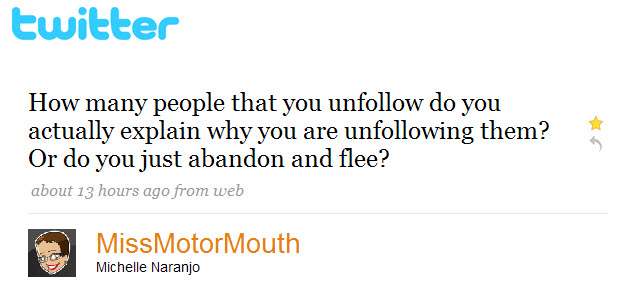The final project in PRCA 3339 (PR Publications) was a four-page newsletter for a non-profit organization, accompanied by a paper. The newsletter itself was worth 50% of the grade, with the paper worth the remaining 50%. A rubric was provided so that students could know exactly how the assignment would be graded. Though many students produced stellar newsletters, there were some common errors.
Common Errors in the Paper
- Not including all the elements required
- Having one-sentence descriptions for the sections
- Not including how your newsletter will help the organization achieve its goals
- Design Principles: When describing the four design principles of Contrast, Repetition, Alignment and Proximity, leaving out one or more of the principles, and often providing no specific example of where I should look in the newsletter for application of the principle.
- Costs: Not including the vendor. Not including a total for one run of the newsletter.
- Publication Schedule: Being vague with your descriptions of what it takes to put one newsletter together, complete with dates. This section should contain all the deadlines (internal and external) another person would need to complete a newsletter like this. For example, when do you need to determine what the articles will be? Assign writers? Take photos? You get the picture, right?
- Editorial Calendar: This is quite different from the publication schedule. In this section, I was expecting to see what the themes are for each issue for a year, along with when the issue will be produced. If the May issue is dedicated to graduation, then when do you need articles/photos on this topic?
- Distribution Method: Most people did fine in this section.
- Skills & Knowledge: Not being specific. Saying “I learned how hard it is to put together a newsletter” does not describe what you learned.
Common Errors/Problems in the Newsletter
- Leaving out required elements (like the pull quote and masthead)
- Having a mailing panel that does not conform to USPS regulations
- Not using all available lab time to create the newsletter. When you create the newsletter on your own with the free download trial of Adobe InDesign or use the computers in the library, you don’t have the benefit of having others around you to help troubleshoot when you can’t figure something out.
- Using too many fonts. Aim for two to four fonts, max. More than that, and it will look like a scrapbook page rather than a newsletter.
- Headline and body text fonts too close in size.
- Body text font too large
- Pixellated photos and clipart
- Photos and clipart that are stretched or squished (not proportional)
- Color combinations that were hard to read (for example, red text on a green background)
- Not using InDesign’s built in feature that allows you to flow text from one text box to another, complete with jumplines and continuation heads.
- Not using InDesign’s built-in feature that helps you align elements on the page
- Putting a pull quote or image in the middle of a block of text, then having the text wrap around it. Okay to do if you are using columns, but very hard to read when it’s smack-dab in the center, and text from one line is on the left and right of the image.
- Not allowing enough white space between text and borders


)
)



